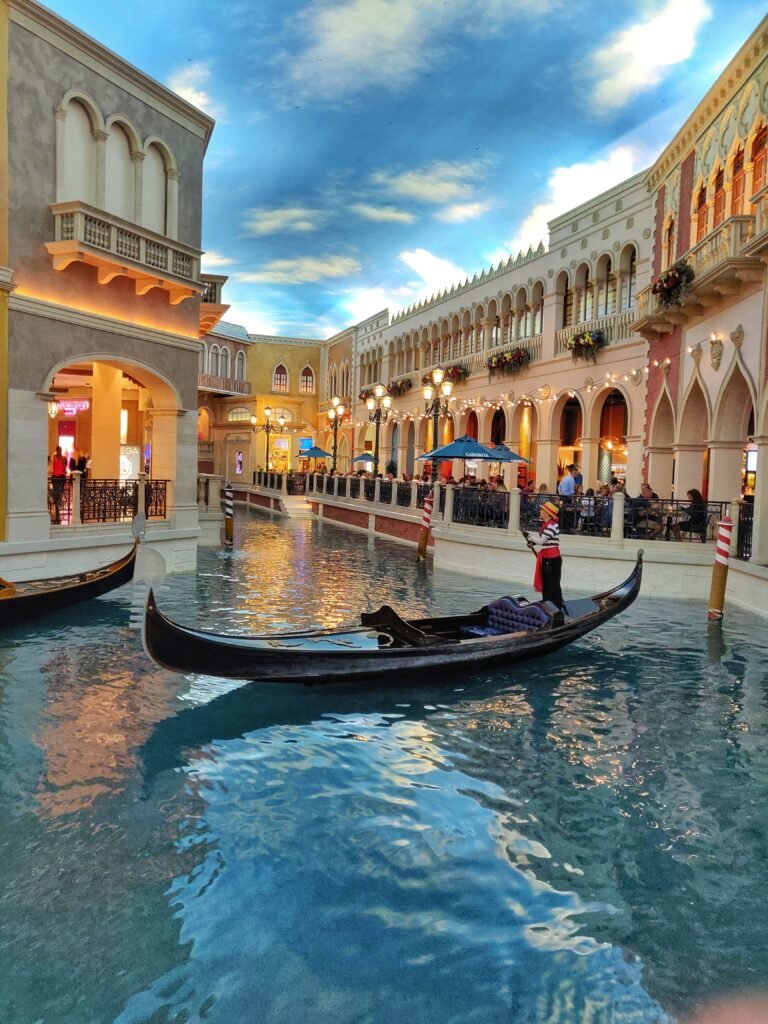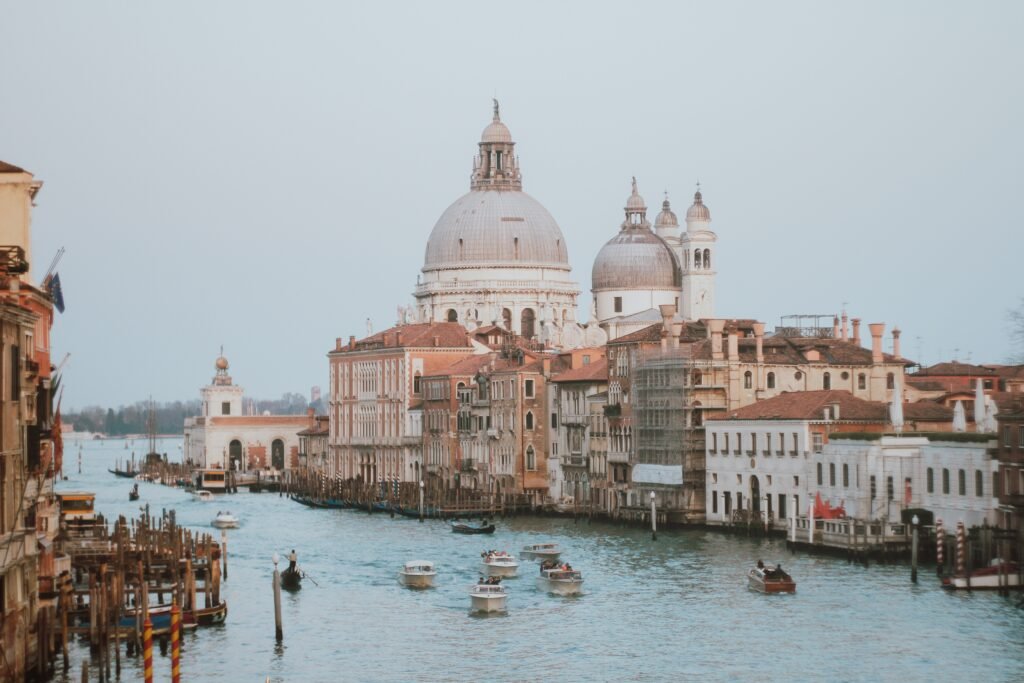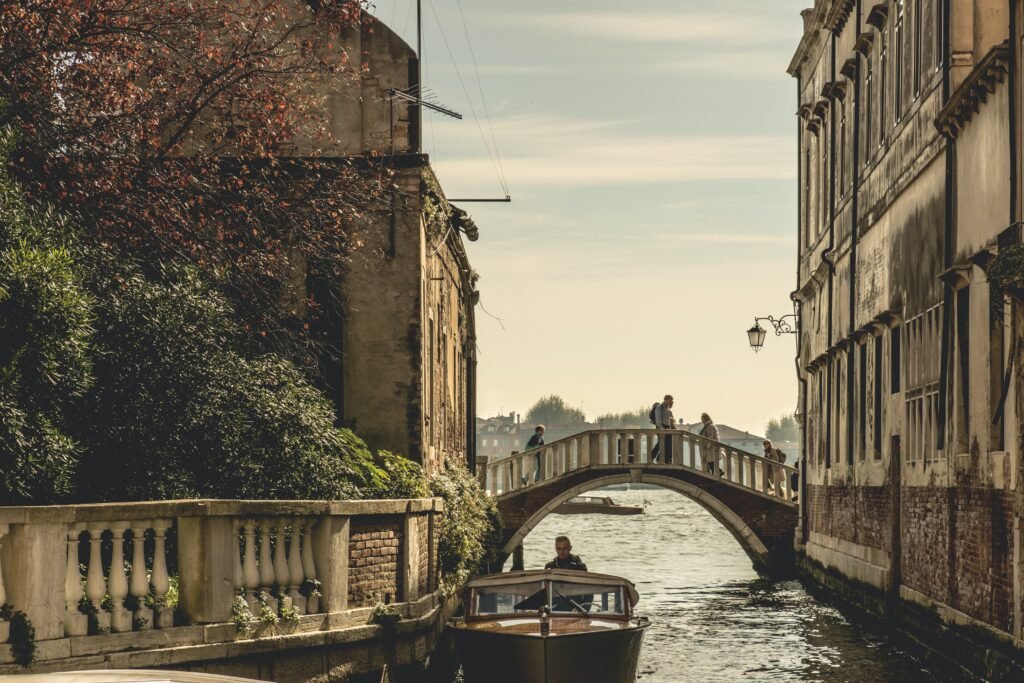The Venetian Empire stands as a testament to the marvels of human ingenuity and resilience. Known for its grandeur, influence, and rich cultural heritage, Venice’s rise as a dominant maritime power is a captivating story that continues to fascinate historians and travelers alike. In this article, we delve into the remarkable rise of the Venetian Empire, exploring the factors that contributed to its success and the enduring legacy it left behind.

Strategic Location and Maritime Supremacy: Situated strategically at the crossroads of Europe, Asia, and Africa, Venice enjoyed a prime location that fueled its rise. The city’s access to the Adriatic Sea and its network of canals provided a gateway to lucrative trade routes, making it a vital hub for commerce. Venetian merchants and shipbuilders established dominance in the Mediterranean, connecting the East and the West and amassing immense wealth through maritime trade.
Innovation and Economic Prosperity: Venice’s prosperity was driven by its spirit of innovation and economic prowess. The city-state pioneered groundbreaking trading practices, including the development of joint-stock companies and the establishment of the first international bank. These innovations facilitated secure and efficient financial transactions, attracting merchants from across the globe and solidifying Venice’s status as an economic powerhouse.

Cultural Exchange and Diplomatic Influence: Venice’s rise was not limited to economic might alone; it also exerted significant cultural and diplomatic influence. As a melting pot of diverse cultures, Venice became a vibrant center for artistic, architectural, and intellectual exchange. The city fostered a thriving arts scene, attracting renowned artists and intellectuals, and its diplomatic relations allowed it to engage in fruitful alliances and negotiations with other powerful nations.
Architectural Splendor and Engineering Marvels: The architectural splendor of Venice is a testament to the city’s grandeur. From the iconic St. Mark’s Basilica to the intricate Gothic palaces lining the canals, Venice’s architecture showcases the wealth and artistic finesse of its rulers. The construction of majestic palaces, bridges, and the innovative system of canals demonstrated the engineering prowess of the Venetians, who ingeniously adapted to the city’s unique lagoon environment.
Political Stability and Governance: Venice’s political stability played a vital role in its rise. The city-state developed a sophisticated system of governance that balanced the power of the ruling nobility and the interests of the merchant class. The establishment of the Venetian Republic, with its elected doges and governing councils, provided stability and continuity, allowing Venice to thrive for centuries.
Military Strength and Defense: Venice’s rise to prominence was also underpinned by its formidable military strength. The Venetian navy, equipped with technologically advanced warships known as galleys, ensured the protection of trade routes and defended Venetian interests against rival powers. The city’s robust defense system, including forts and naval arsenals, fortified its position and deterred potential aggressors.

Legacy and Cultural Heritage: The legacy of the Venetian Empire continues to captivate visitors to this day. The city’s rich cultural heritage, preserved in its stunning architecture, art, and traditions, serves as a testament to its glorious past. Venetian craftsmanship, such as Murano glassblowing and intricate lace-making, remains revered around the world, showcasing the enduring influence of Venetian artisans.
Tourism and Economic Revival: Today, Venice thrives as a top tourist destination, attracting millions of visitors each year. Tourism plays a vital role in the city’s economy, revitalizing its historic sites and contributing to the preservation of its cultural heritage. However, the surge in tourism has also posed challenges, such as overcrowding and environmental concerns, which the city
must address to ensure the sustainable growth and preservation of its unique charm.
Sustainable Development and Conservation Efforts: Recognizing the need to balance tourism and environmental preservation, Venice has implemented various measures to promote sustainable development. Efforts have been made to control visitor numbers, manage cruise ship traffic, and enforce regulations to protect the delicate ecosystem of the lagoon. Additionally, initiatives are underway to promote responsible tourism practices and raise awareness about the importance of preserving Venice’s cultural and natural heritage.

Challenges and Resilience: Venice has faced numerous challenges throughout its history, including wars, economic fluctuations, and the constant threat of flooding. The city’s ability to adapt and overcome these challenges is a testament to its resilience. In recent years, the recurring issue of acqua alta, or high tides, has posed a significant threat to the city’s infrastructure. However, Venice has embarked on ambitious engineering projects, such as the MOSE barrier system, to mitigate the impact of flooding and ensure the long-term survival of the city.
Cultural Festivals and Traditions: Venice’s cultural vibrancy is showcased through its world-renowned festivals and traditions. The annual Carnival of Venice, with its elaborate masks and costumes, attracts visitors from around the globe. The Biennale, a prestigious art exhibition, highlights contemporary art trends, while the Venice Film Festival celebrates the magic of cinema. These events not only contribute to the city’s cultural appeal but also generate significant economic benefits.
Preservation of Art and Architecture: Venice’s artistic heritage is a treasure trove of masterpieces. From the iconic paintings of Tintoretto and Titian to the architectural wonders of the Doge’s Palace and Rialto Bridge, Venice’s art and architecture continue to inspire awe. Preservation efforts are crucial to safeguard these cultural treasures for future generations. Restoration projects and strict conservation measures are undertaken to ensure the longevity of these invaluable artworks.
Venice Beyond the Tourist Hotspots: While the famous landmarks of St. Mark’s Square and the Grand Canal rightfully attract attention, there is much more to Venice than meets the eye. Exploring the lesser-known neighborhoods and hidden alleys allows visitors to discover the authentic charm of the city. From quaint residential districts to local markets and artisan workshops, these off-the-beaten-path experiences offer a deeper understanding of Venice’s daily life and local culture.
Cuisine and Gastronomic Delights: Venice’s culinary scene is a feast for the senses. Traditional Venetian cuisine, influenced by its maritime history and proximity to the sea, offers a tantalizing array of seafood dishes. From mouthwatering cicchetti (small bites) to creamy risotto and delicate fritto misto, Venetian cuisine showcases the richness of local ingredients and traditional cooking techniques. Exploring the city’s osterias and bacari is a delightful culinary adventure.
Venice: A City of Romance and Inspiration: Venice has long captivated the hearts of artists, writers, and romantics. The city’s picturesque canals, enchanting gondola rides, and charming architecture create an atmosphere of unparalleled romance. Countless novels, poems, and films have been inspired by Venice’s beauty and allure, immortalizing its essence in the realm of art and literature.
The rise of the Venetian Empire and its enduring legacy have left an indelible mark on the world. From its strategic location and economic prosperity to its cultural heritage and architectural marvels, Venice continues to captivate and inspire. However, the city also faces the challenge of balancing tourism with environmental conservation. By embracing sustainable development practices and preserving its unique cultural heritage, Venice can ensure a bright and prosperous future while remaining a symbol of beauty, resilience, and timeless allure.


